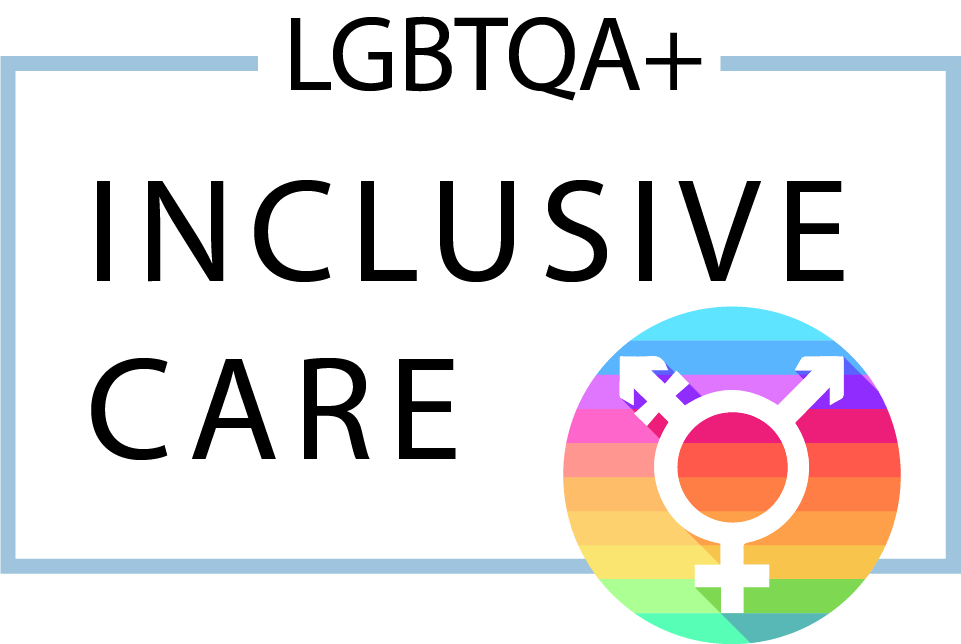You’ve probably heard of cognitive behavioral therapy, or CBT, at some point in conversation about mental health.
Do you have anxiety? Are you struggling to manage your depression? Are you having trouble sleeping? CBT can help with all of this and more.
Not only is CBT a common practice, but it also has evidence to back up its effectiveness.
So, how does it actually work?
What is CBT?
CBT follows the belief that your thoughts, or cognition, impact the way you behave. When you hold negative thoughts about something, you’re more likely to feel negatively and in turn, behave negatively. That’s a lot of negative.
The cognitive component of this therapy addresses your thought patterns, while the behavioral part addresses how you respond. When you re-evaluate your negative thoughts and shift them to something more positive, the belief is that you will experience improved outcomes.
What Happens in a Session?
CBT uses a direct and solution-oriented approach, which also provides decently fast results. Therapy sessions are individualized and client-centered but follow a common outline at its core.
Your First Session
As you start your CBT journey, you’ll start by going over administrative information (costs, etc) and goals for therapy. You’ll learn about a basic overview of CBT and what to expect. Together, you’ll go over your history and any relevant past information that could be useful for your journey.
The initial session is used to develop a rapport with your therapist to promote a safe and trusting environment. In order to get vulnerable, you need to feel comfortable with each other and have mutual respect.

Ongoing Sessions
Typically, CBT sessions are divided into three 20-minute parts. The first part looks at any problematic behaviors you’re concerned about. Any new concepts you’re working on may be practiced during this time. You’ll also address previous session homework.
The middle portion is used to plan the next session and go over any details needed beforehand. The last portion is where you’ll be assigned homework and plan exercises for possible situations that could occur.
There’s Homework?
Just like when you’re in school, you can only be taught so much in the classroom. A lot of learning relies on what takes place outside of the classroom, at home, in the real world, with parents.
This process is no different. The longevity of the sessions is geared to be eight to 12 on average. In order for the approach to be effective, you need to practice outside of your therapy sessions.
Homework can include journaling about a given prompt, using growth worksheets, reading assignments, relaxation exercises, or exposing yourself to real life practice situations.
How Long Does it Last?
One of the reasons this approach is so popular is the time frame for completion. Now everyone will be different and each person’s experience is going to move at their own pace. With that said, treatment is set to last a few weeks at minimum up to a few months at most. The more severe your issues are, the longer the treatment may take.
How Effective is it?
Unlike other approaches that dig into your past and trudge up painful memories, CBT tries to stick more to the present. It looks at your real-time thoughts and behaviors and focuses on modifying that behavior rather than evaluating why it’s occurring.
Research on CBT has shown strong results in anxiety treatment and helpful results with depression. The first wave of success with CBT was in the 1920’s and still sees successful results today.
If you’re interested in exploring CBT therapy for a condition or disorder,reach out to learn more.





